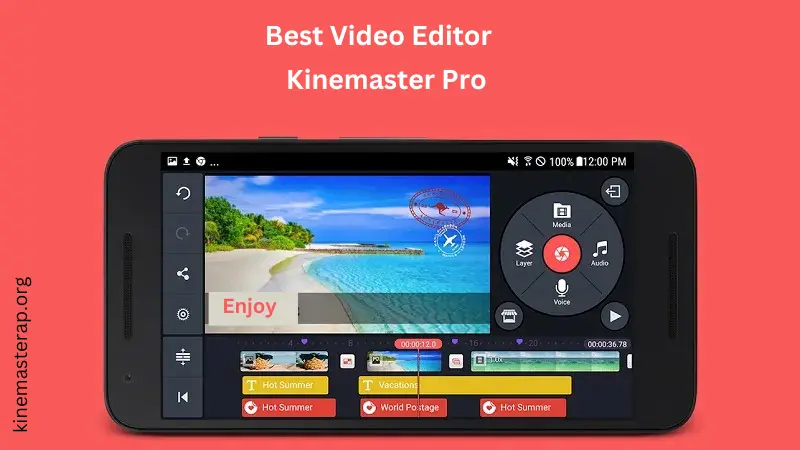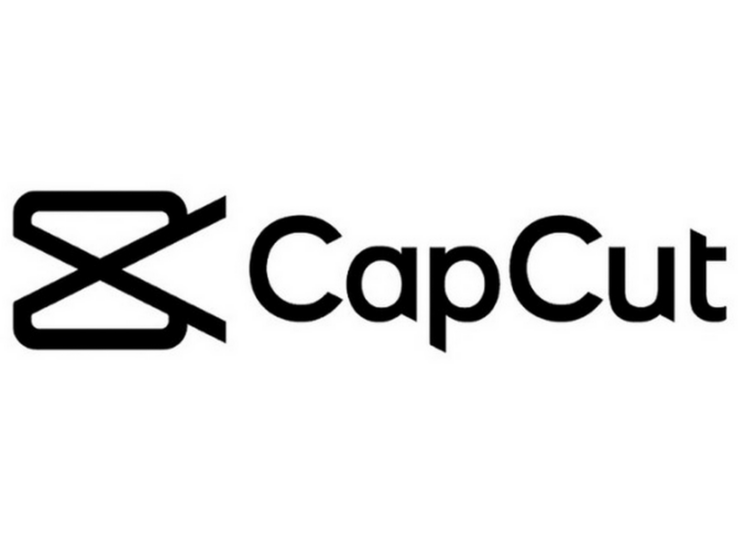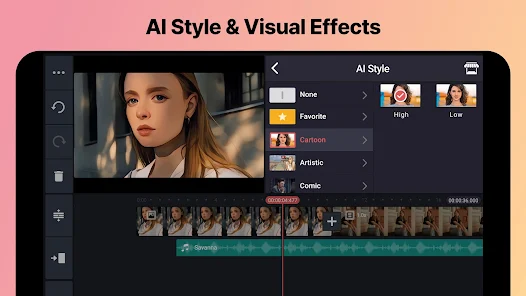The Indispensable Role of Context in Effective Video Production
Video has become the preeminent medium for communication, storytelling, education, and entertainment in the digital age. From viral social media clips to polished cinematic features, video captures attention and conveys information with a power unmatched by static images or text alone. However, the effectiveness of any video is not solely determined by technical prowess or compelling content in isolation. A crucial, often underestimated, factor that dictates a video’s success, its reception, and its ultimate impact is context. Understanding and leveraging context is not merely beneficial; it is fundamentally indispensable to creating videos that resonate, inform, and achieve their intended purpose.
Defining Context in the Realm of Video
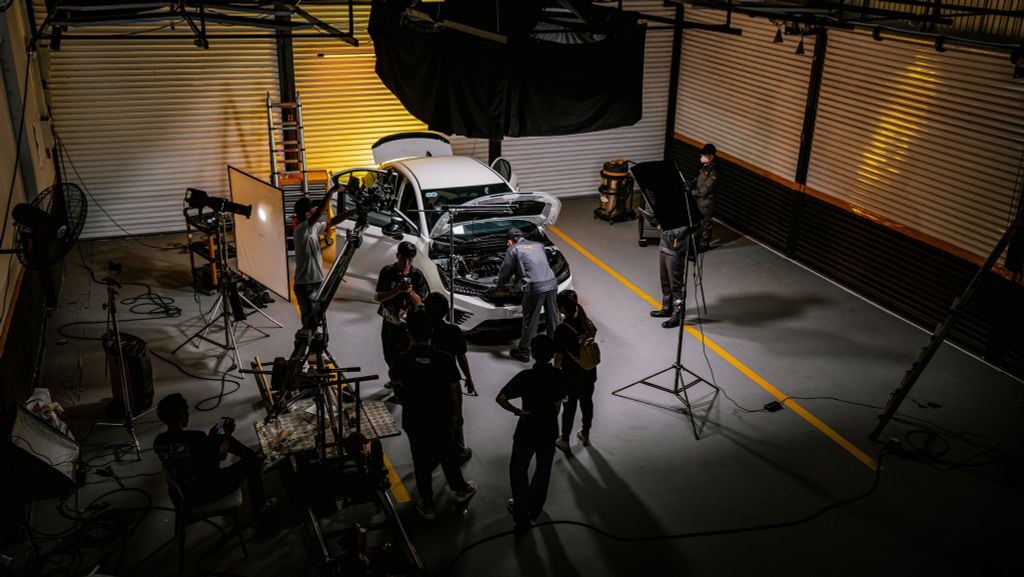
Before delving into its importance, it’s vital to define what “context” means when we talk about video production. It’s far more than just the physical location or backdrop of a shot. Context encompasses a complex web of elements that surround and influence the video itself. This includes:
- The Purpose: Why is this video being made? What is its goal? (e.g., to inform, entertain, persuade, document, evoke emotion).
- The Audience: Who is this video for? What are their demographics, interests, knowledge levels, and cultural backgrounds?
- The Platform: Where will the video be viewed? (e.g., cinema, television, YouTube, Instagram, a corporate website, an internal training system). Each platform has different technical requirements, viewing habits, and audience expectations.
- The Narrative/Message: What specific story is being told, or what particular message is being conveyed? The context informs how this narrative or message should be presented.
- The Environment: The physical location, time of day, weather, sounds, and atmosphere present during filming.
- The Socio-Cultural Setting: The broader cultural norms, historical background, social sensitivities, and current events that might influence how the video is perceived.
- The Production Resources: The available budget, equipment, time, and crew size, which necessarily shape what is possible to capture and create within the given context.
Ignoring or misunderstanding any of these contextual layers can lead to videos that are confusing, ineffective, misinterpreted, or even offensive.
Shaping Meaning and Message

One of the most profound ways context impacts video is in its ability to shape meaning. The exact same image or sequence of shots can convey vastly different messages depending on where and how it’s presented. Consider a shot of a person looking off-camera with a neutral expression. In the context of a suspenseful thriller, this might suggest fear or suspicion. In a romantic drama, it could imply longing or contemplation. In a documentary, it might simply be observational.
Filmmakers and video producers use context to guide the viewer’s interpretation. The choice of location, props, costumes, lighting, camera angles, and even the presence or absence of other people in the frame all contribute to the contextual cues that tell the audience how to feel or what to think about what they are seeing. Without a clear understanding of the intended meaning and message, the visual and auditory elements lack direction and can become ambiguous or misleading.
Related articles 01:
1. https://kinemasterap.org/the-booming-market-of-youtube-shorts-a-comprehensive-overview
2. https://kinemasterap.org/the-evolving-landscape-of-video-key-trends-shaping-2025
3. https://kinemasterap.org/811-2
4. https://kinemasterap.org/crafting-compelling-vlogs-from-short-video-clips-a-comprehensive-guide
5. https://kinemasterap.org/creating-a-3d-video-a-comprehensive-guide
Influencing Audience Engagement and Reception
Knowing the target audience is a fundamental aspect of context that directly influences how a video is conceived and produced. What resonates with teenagers on TikTok will likely differ significantly from what appeals to professionals watching a corporate training video or art enthusiasts viewing an experimental short film.
Contextual awareness of the audience dictates:
- Tone and Style: Should the video be formal or informal, serious or humorous, fast-paced or contemplative?
- Language and Terminology: Should technical jargon be used, or should the language be accessible to a general audience?
- Cultural References: What symbols, gestures, or references will the audience understand and relate to? What might be misunderstood or offensive?
- Length and Format: Is a short, punchy video needed for social media, or a longer, more detailed piece for a presentation?
When a video’s context aligns with the audience’s expectations and understanding, it fosters engagement, builds rapport, and increases the likelihood that the message will be received positively and effectively. Conversely, a video that ignores its audience’s context risks being irrelevant, alienating, or simply ignored.
Guiding Technical and Creative Decisions
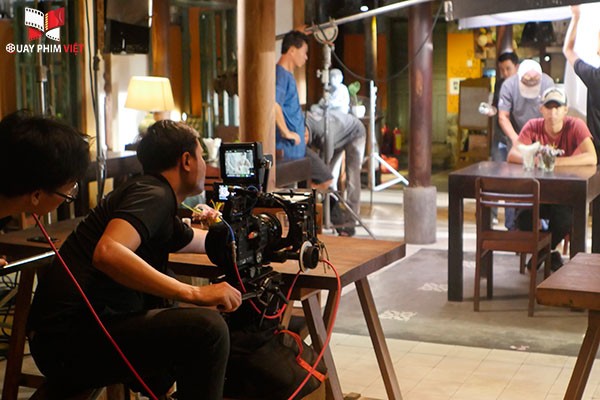
Context is the invisible hand that guides virtually every technical and creative decision made during pre-production, production, and post-production.
- Camera Work: The decision to use a wide shot to establish a location, a close-up to show emotion, a shaky handheld camera for urgency, or a smooth dolly shot for elegance is driven by the narrative and emotional context of the scene.
- Lighting: High-key lighting creates a bright, optimistic feel, often suitable for comedies or commercials. Low-key lighting produces shadows and contrast, perfect for dramas, thrillers, or creating mood. The context dictates the appropriate lighting approach.
- Sound Design: Is the sound intended to be realistic ambient noise, exaggerated sound effects for comedic effect, or a carefully composed score to enhance emotion? The context of the scene and the overall video determines the sound strategy.
- Editing: The pace of the edits, the transitions used, and the order of the shots are all shaped by the need to build narrative, maintain tension, or convey information effectively within the given context. A fast-paced edit is suitable for action, while a slow edit might fit a reflective moment.
- Mise-en-scène: Everything placed within the frame – props, set dressing, costumes – is chosen to build the world and provide contextual information about the characters, time period, and situation.
Without context, these decisions are arbitrary. With a strong understanding of context, technical and creative choices become purposeful tools that enhance the video’s impact.
Building Authenticity and Credibility
In many forms of video, especially documentaries, news reporting, and brand content, authenticity and credibility are paramount. Context plays a vital role in establishing these. Filming in the actual location where events occurred, including the genuine sounds of that environment, showing people in their natural settings, and reflecting the true atmosphere of a situation all contribute to the viewer’s sense of the video being real and trustworthy.
Related articles 02:
1. https://kinemasterap.org/the-reigning-titans-of-youtube-a-look-at-the-top-5-global-stars
3. https://kinemasterap.org/the-evolving-landscape-of-youtube-shorts-key-trends-shaping-the-platform
4. https://kinemasterap.org/the-evolving-landscape-of-video-key-trends-shaping-2025
Presenting information or stories within their proper context helps the audience understand the complexities and nuances involved. Omitting crucial contextual details, such as the source of information, the time period, or the surrounding circumstances, can lead to a skewed or incomplete understanding, eroding credibility.
Avoiding Misinterpretation and Sensitivity Issues
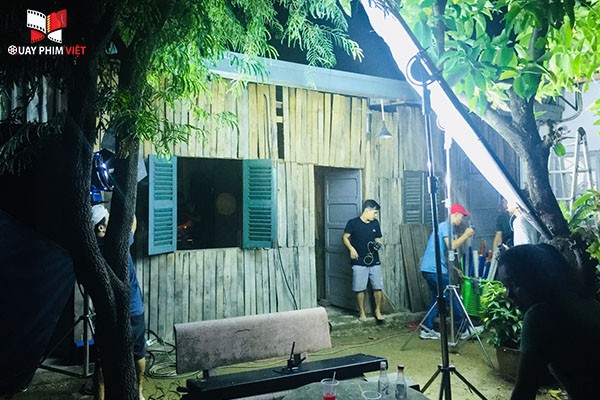
In an interconnected world, videos can travel far beyond their intended initial audience. Context is critical in preventing misinterpretation and avoiding cultural or social insensitivity. Images, gestures, or symbols that are innocuous in one cultural context can be offensive or hold negative connotations in another.
A thorough understanding of the potential viewing contexts – including diverse cultural backgrounds, political climates, and social sensitivities – is essential during production. This might involve careful consideration of symbolism, language, representation of different groups, and avoiding stereotypes. A video produced without this wider contextual awareness risks causing unintended harm, backlash, and damaging the reputation of the creator or organization.
Conclusion
In the dynamic landscape of video production, technical skill and creative vision are undoubtedly important. However, the true magic lies in the ability to weave these elements together with a deep and insightful understanding of context. Context is the foundation upon which effective video is built. It defines the purpose, guides the execution, shapes the meaning, and ultimately determines how a video is received by its audience. By prioritizing context from the initial concept phase through to final distribution, video creators can move beyond simply producing moving images to crafting powerful, relevant, and impactful visual experiences that truly connect with viewers on a deeper level. In a world saturated with video content, it is the contextually aware video that will stand out, communicate clearly, and achieve its desired outcome.






